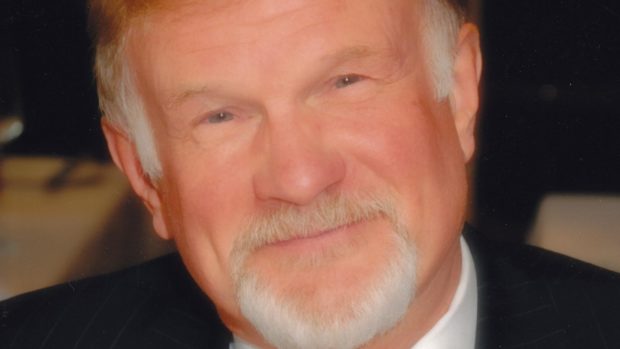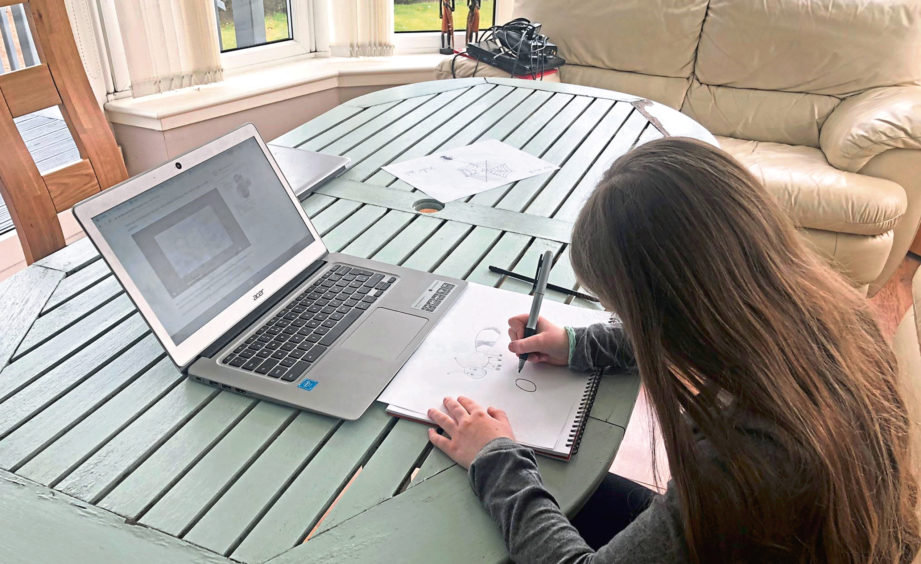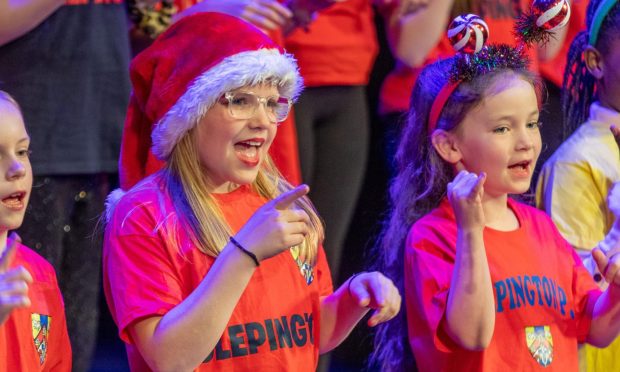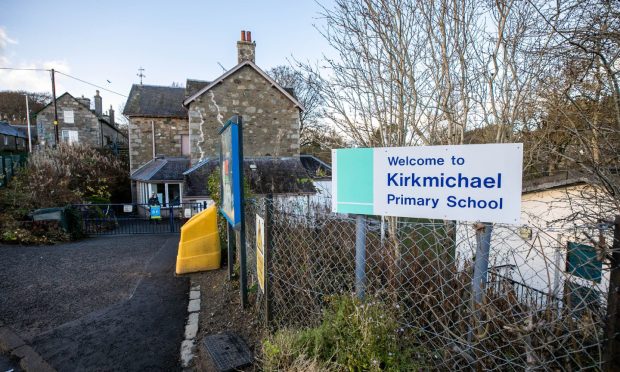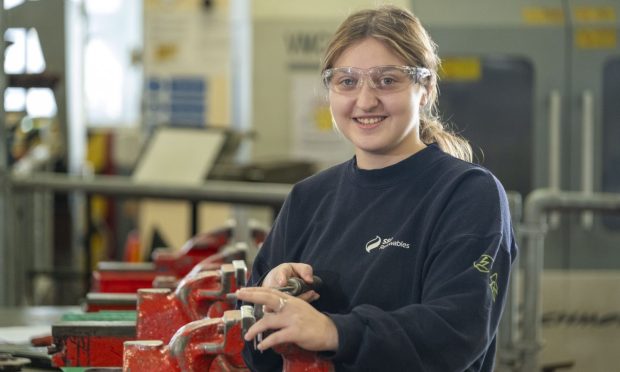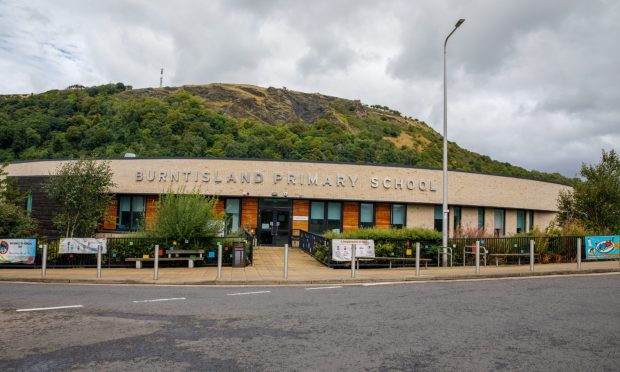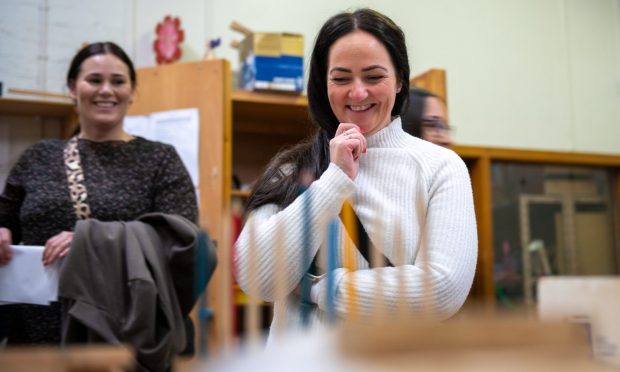The coronavirus pandemic could be an opportunity to improve the way young people are taught in schools according to a leading Dundee University professor.
Keith Topping, who is a professor of educational and social research at the university, has spoken of how teachers and the education profession can use the lessons learned during the period of lockdown-enforced home learning to provide a different way of teaching in the future.
He said: “Frankly, I would not be all that happy if teachers got to the end of the pandemic and went back to doing what they always did.
“Looking at cost effectiveness, do you actually need to have a teacher in front of 30 pupils in an expensive building when actually the teacher could half the time be working devising blended learning and having the kids doing that in their own home.
Blended learning done properly has a number of advantages. A lot of what a teacher does standing in front of a class giving information can be done via video and giving readings and so on.
Professor Topping
“Is the one option much more cost effective than the other? I would suspect it is but of course it requires a substantial shift on behalf of the teachers.”
The issue of blended learning has proved to be controversial in recent weeks, with calls growing on the Scottish Government to provide greater clarity as to how often children will be in school once the new term gets underway.
But Professor Topping, who was once described as an “outstanding researcher” by President Bill Clinton for his work in the America Reads initiative, believes that the blended learning approach could be a positive change in education.
He explained: “This could be an opportunity to realise that things can be achieved through blended learning, at least partially, and we will be able to think more strategically to understand how children are learning.
“Blended learning done properly has a number of advantages. A lot of what a teacher does standing in front of a class giving information can be done via video and giving readings and so on.
“But the interactive part of what usually happens in the classroom is something that is a lot harder to do via this model. So the thrust of what I’m saying is that you could have kids in school in the morning and then going back home in afternoon to do work.”
Pupils across the country have been taught at home since schools shut their doors in March but concerns have been raised over disparities in how much children are actually learning.
Frankly, I would not be all that happy if teachers got to the end of the pandemic and went back to doing what they always did.
Prof Topping said: “What will be happening here is that the kids who are already advantaged will be getting more advantaged and they will not have any obvious fall in their educational development.
“But kids who don’t have that opportunity for whatever reason will be further behind again, so there will be an increase in the gap between those who have and those who have not.
“There are many kids that don’t have a computer at home and many families who can’t afford an internet link so what on earth these kids are doing, I have no idea. But I have a horrible feeling they are falling very far behind indeed.”
It’s this concern that has led to a number of politicians, including former Conservative education secretary Justine Greening, calling for alternative buildings like churches and community centres to be used to get more kids back to school.
This, Professor Topping believes, is a good idea but is not as simple as it sounds.
He added: “The idea is certainly a viable and sensible one. The problem is finding the building and enabling it to operate as an educational environment. It’s not going to be quick to do this and will take a lot of planning and organisation.
“It’s not just a case of throwing a few computers and kids in a room.”
